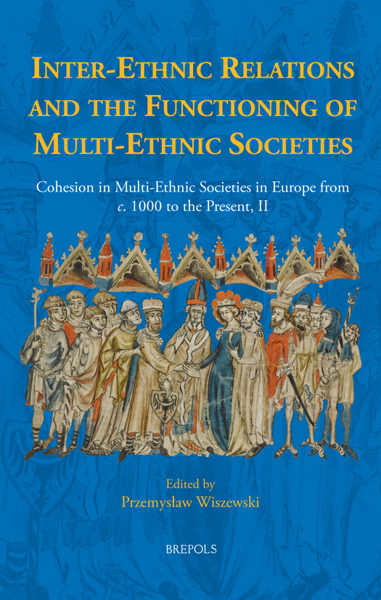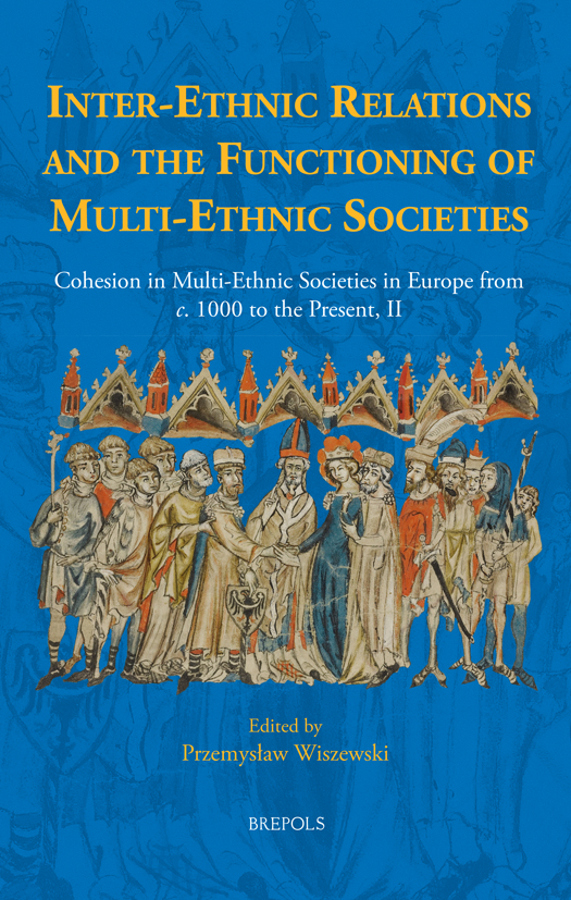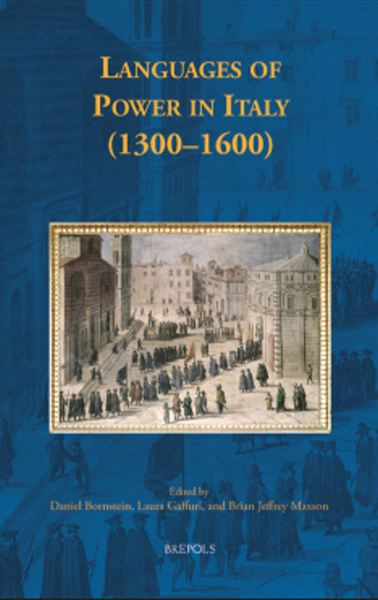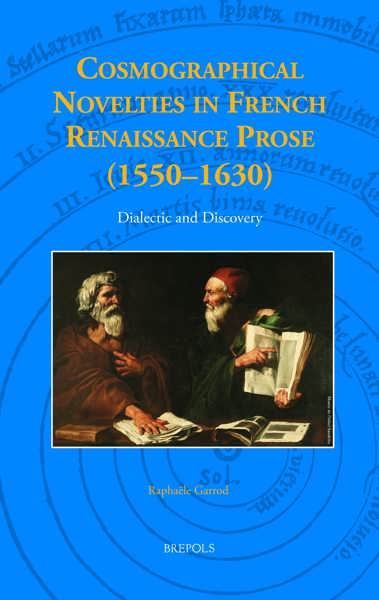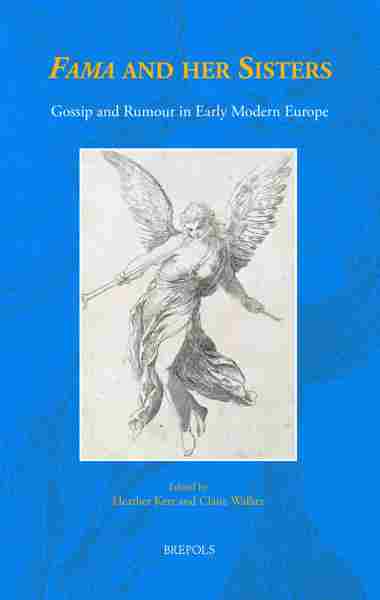
Inter-Ethnic Relations and the Functioning of Multi-Ethnic Societies
Cohesion in Multi-Ethnic Societies in Europe from c. 1000 to the Present, II
Przemyslaw Wiszewski (ed)
- Pages: 366 p.
- Size:156 x 234 mm
- Illustrations:8 b/w, 1 tables b/w., 12 maps b/w, 1 maps color
- Language(s):English
- Publication Year:2023
- € 110,00 EXCL. VAT RETAIL PRICE
- ISBN: 978-2-503-60228-8
- Hardback
- Available
- ISBN: 978-2-503-60229-5
- E-book
- Available
Explores those activities and events that were designed to build inter-ethnic relations within a historical, plural society in early Europe.
Przemysław Wiszewski is a Professor of Medieval and Early Modern History at the Institute of History, University of Wrocław, with a special interest in medieval and early modern history of social relations and values structures within medieval societies and regional history.
The three-volume project Cohesion in Multi-Ethnic Societies in Europe from c.1000 to the Present explores and seeks to find solutions to a crucial problem facing contemporary Europe: in what circumstances can different ethnic groups co-operate for the common good? They apparently did so in the past, combining to form political societies, medieval and early modern duchies, kingdoms, and empires. But did they maintain their ethnic traditions in this process? Did they pass on elements of their cultural memory when they were not in a dominant position in a given polity?
The first volume of the project explored written sources about the past to show how communities shaped their collective memories in order to ensure the smooth functioning of multi-ethnic political communities. This second volume looks beyond texts and focuses on activities and events that were designed to build a sense of community within a political community made up of different ethnic groups. The coexistence of different ethnic groups is considered not through the prism of theoretical analyses by intellectual elites, but by following community members’ responses to current events as recorded in the sources.
Introduction: Inter-Ethnic Relations within Multi-Ethnic Societies — PRZEMYSŁAW WISZEWSKI
Organizing Violence: Peace and War in Twelfth-Century Catalonia — MARIA BONET DONATO
The Andalusian Urban Elites and the Almoravids in the Upper Border of al-Andalus during the Twelfth Century. An Example of Multi-Ethnic Convenience — JESÚS BRUFAL-SUCARRAT
Shaping Identities in a Common Cultural Background: Muslims and Jews in the Medieval Portuguese Kingdom — FILOMENA BARROS
Ethnic and Religious Minorities and the Portuguese Military Orders as Recorded in the Pontificia Corpora (Twelfth to Sixteenth Centuries)— PAULA PINTO COSTA, JOANA LENCART
Social and Economic Relations between Sardinians and Aragonese in Twelfth to Fifteenth Centuries — LUCIANO GALLINARI
How to Live Together? Germans and Poles in Silesia in Thirteenth to Fifteenth Centuries — PRZEMYSŁAW WISZEWSKI
Between Coexistence and Persecution. Economic Activity and the Cohesion of Multiethnic Societies in Cities of the Polish Territories (between the Thirteenth and the first Part of the Sixteenth Century)— GRZEGORZ MYŚLIWSKI
Ethnic-Economic Relations within the Cities of Lublin, Zamość, and Lviv in the Sixteenth and Nineteenth Centuries — ANDRZEJ PLESZCZYŃSKI
Economic and Social Aspects of Multiethnic Transylvania during the Thirteenth and Fourteenth Centuries — COSMIN POPA-GORJANU
The Dracula and the Others: The Multi-ethnic Character of the Hungarian Political Elite until the Fifteenth Century — DANIEL BAGI
The Medical Marketplace as a Way of Communicating beyond Religion: non-Christian Medical Practitioners in the Society of the Grand Duchy of Lithuania — MONIKA RAMONAITE
Towns as Areas of Ethnic Communication and Competition: The Case of Karaites in Trakai/Troki/ and Vilnius/Wilno/Vilna in the Seventeenth to Twentieth Centuries — DOVILĖ TROSKOVAITĖ
A Gift or ‘Poklon dla Pana’ as One of the Ways of Building Social Cohesion: The Case of the Vilnius Jewish Community in the Second Half of the Eighteenth Century — JURGITA ŠIAUČIŪNAITĖ -VERBICKIENĖ
Facades of a Multi-Ethnic Empire: Presenting and Publicizing the Coronation of the ‘All-Russian Emperor’, Alexander III (1883)— ENDRE SASHALMI
Polish American Parishes of the Nineteenth to Twenty First Centuries and their Role in Shaping Polish American Identity and Status — JOANNA WOJDON
Concluding Remarks: Inter-Ethnic Co-operation – Fluid Networks of Everyday Practices — PRZEMYSŁAW WISZEWSKI
Index
